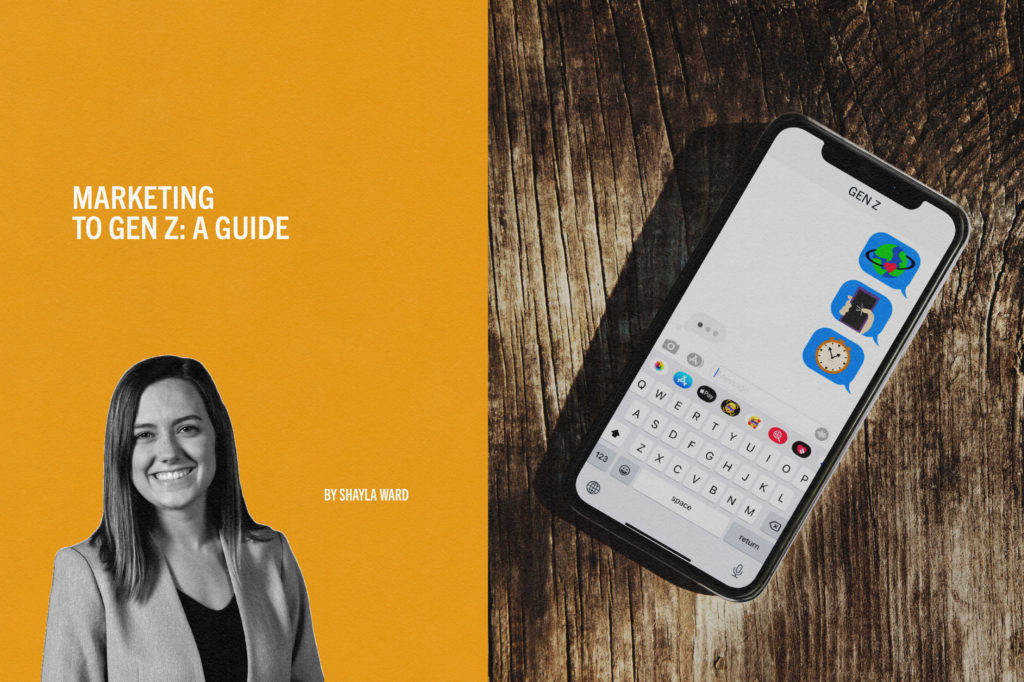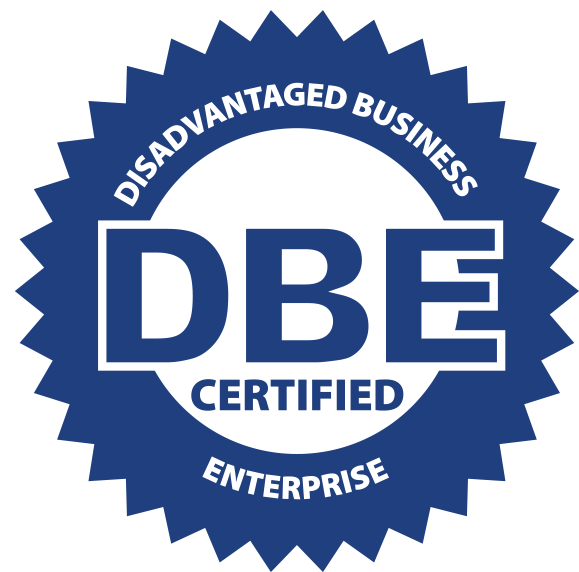Businesses have lavished a lot of attention on millennials, but the upcoming generation, generation z, creates a new challenge for marketers. Those born after 1997 have a small attention span, get the majority of their news from social media, and have never known a life without technology. According to Forbes, Gen Z has a purchasing power worth $143 billion. The oldest ones in this age group are finishing up their education and entering the workforce, suggesting that their purchasing power and impact on business will only grow in the upcoming years. So, it’s important for businesses to give an increasing amount of attention to this generation without alienating your current customer base. The way to cater to this unique group of young people just might require strategies you’ve never had to use before.

Social Responsibility
First, let’s take a look at Gen Z’s most loved brands. Some of these include Nike, Oreo, Google, Netflix, & Adidas. All of these companies provide very different services and products but have one thing in common – a corporate mission that Gen Z can get behind. This generation is not only interested in saving money or getting the best deal, but is inclined to buy a product that comes from an ethical company. For example, Google was the first major company to commit to carbon neutrality and Adidas requires its suppliers to pay men and women equally. Forbes again says that 61% of this segment is willing to pay more for products that are produced ethically and sustainably and 77% has a better perception of brands that promote gender equality on social media. All in all, doing the right thing matters, so it’s important to implement social responsibility to successfully connect with Gen Z.
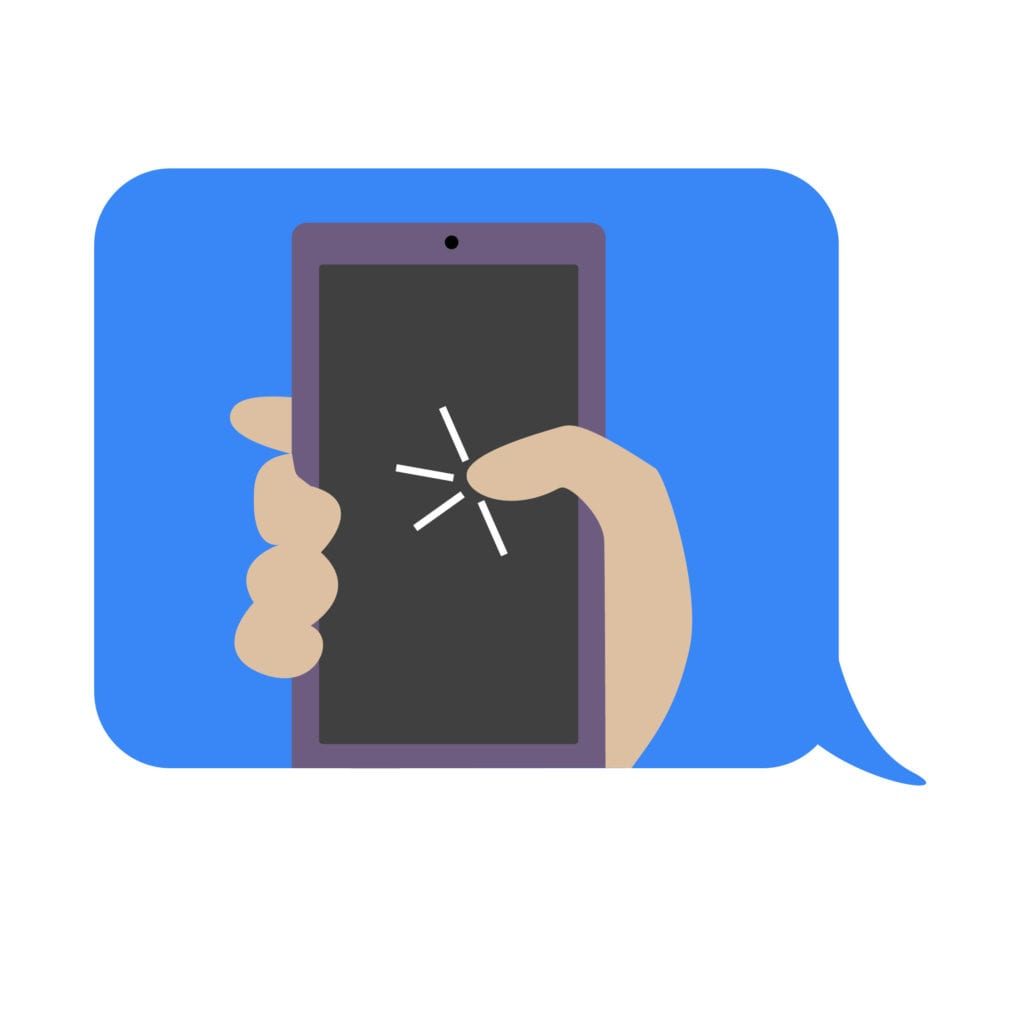
Optimize Mobile Experience
The majority of Gen Z will use their phone over their desktop device. They are digital natives, and therefore savvy with an array of devices but will choose a mobile device around 75% of the time. A good mobile strategy includes being active but also providing a good user experience. Aspects of a mobile-friendly website include speed, content that changes to match screen size, simplified navigation through a sidebar, a search function, and clear call to actions. We will touch more on attention span later but it is important to have a landing page that captures the attention of your audience fast. If they don’t find what they are looking for easily, then they’ll leave. To combat this, create a landing page that provides a way to convert right off the bat. High converting landing pages load quickly and display call to actions clearly. Other key elements to be sure of are eye-catching imagery, urgency, and a link to social media “follow” icons- this way the consumer keeps up with the brand even after a purchase.
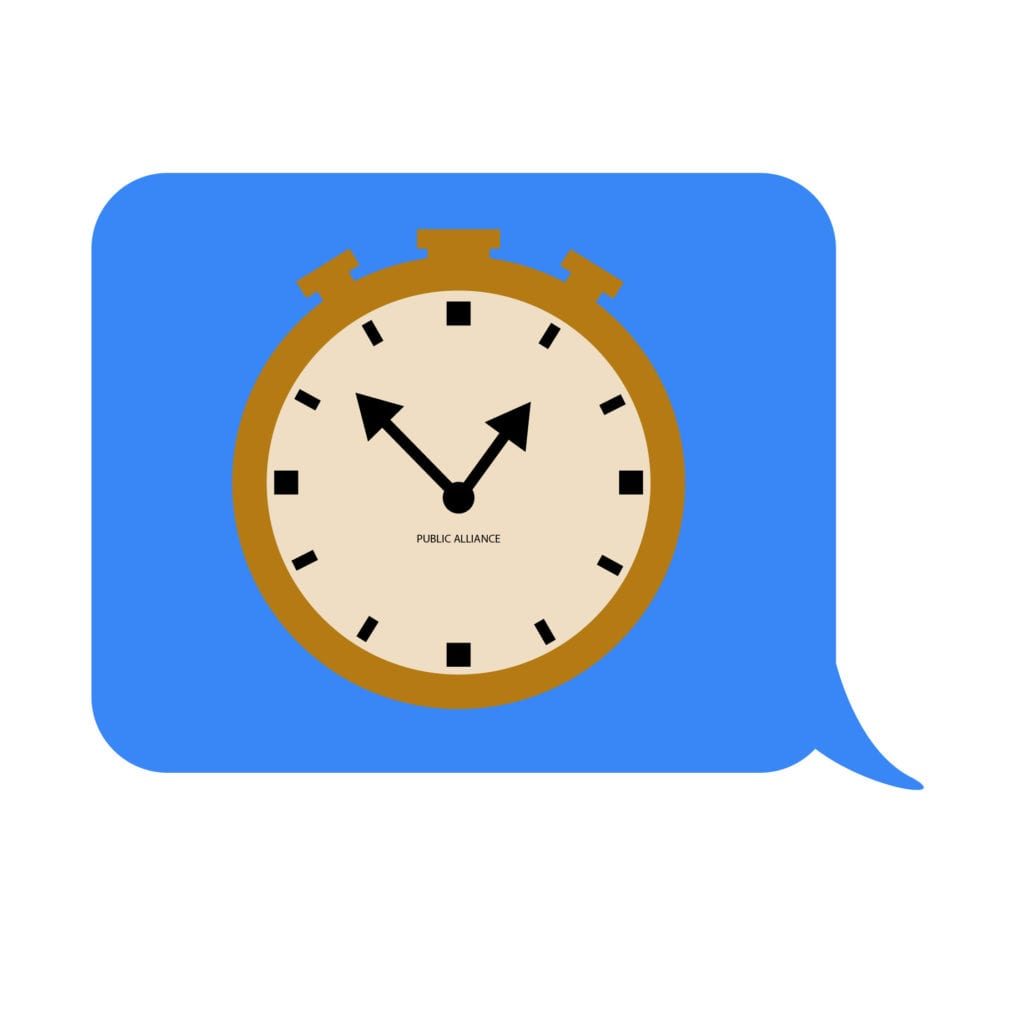
Keep Your Message Short
The average consumer attention span of Gen Z is 8 seconds. The success of recent short-form content like Tik Tok, Instagram Reels, and Snapchat can be attributed to this. Ask yourself if your social media post or ad can connect with someone in 8 seconds or less. Other avenues to apply this strategy is in email campaigns, blog posts, and once again your website. It’s a challenge because this group values authenticity, but you only have a small window to prove it to them. Incorporating visually appealing graphics like GIFs or videos can help entertain your audience and convince them to stay interested in your brand. When you leverage the power of video content you create an experience. As a Gen Zer myself, I will go to a restaurant for example that provides a unique experience even if the food is better elsewhere. This shows that intriguing content is important, but what’s more important is how it is presented. Consider your brand’s visual identity when you create your website or a social post or anything else for that matter.
When everything is cohesive and good design is applied at every level, Gen Z is more likely to trust your brand.

